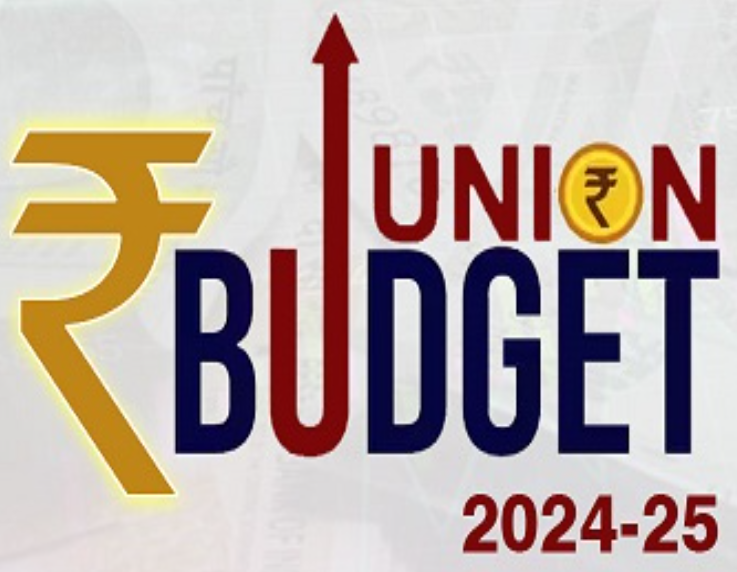Union Budget 2025 Highlights
The Union Budget 2025, presented by Finance Minister Nirmala Sitharaman with the theme “Sabka Vikas,” sets a financial roadmap for the next fiscal year. The budget focuses on income tax reforms to simplify taxation and ease the burden on taxpayers, aiming to boost economic growth.
By doing so, the government hopes to increase the money people can spend, boost consumer spending, and ultimately drive economic growth. This focus on income tax reforms shows the government's commitment to making the tax system fairer and more efficient for everyone.
Finance Minister Nirmala Sitharaman aims to keep India's fiscal deficit at 4.4% of GDP for 2025-2026. This follows the government's promise to manage finances well, as per the Fiscal Responsibility and Budget Management (FRBM) Act. The goal is to reduce the deficit to below 4.5% by the end of the year. This plan comes when India is facing slower economic growth and higher demands for tax cuts.
Income Tax Changes
In the Union Budget for 2025-26, the government made important changes to the personal income tax system to help the middle class. One big change is that people earning up to ₹12 lakh per year won't have to pay any income tax under the "New Tax Regime." This aims to reduce the tax load, especially for salaried workers, with an extra standard deduction of ₹75,000. This effectively increases the tax-free income limit to ₹12.75 lakh
| Old Tax Regime | New Tax Regime |
|---|---|
| 0-3 lakh rupees - NIL | 0-4 lakh rupees - NIL |
| 3-7 lakh rupees - 5% | 4-8 lakh rupees - 5% |
| 7-10 lakh rupees - 10% | 8-12 lakh rupees - 10% |
| 10-12 lakh rupees - 15% | 12-16 lakh rupees - 15% |
| 12-15 lakh rupees - 20% | 16-20 lakh rupees - 20% |
| Above 15 lakh rupees - 30% | 20-24 lakh rupees - 25% |
| Above 24 lakh rupees - 30% |
TDS and TCS Changes
Tax Deducted at Source (TDS) and Tax Collected at Source (TCS) are key parts of India's tax system that help with collecting taxes. The proposed changes include lowering TDS/TCS rates in some areas, which could leave more money for individuals and businesses. The change in Section 194LBC aims to simplify the tax system by using the same rates for everyone. Removing TCS on education loans under LRS supports making education more accessible, especially for students studying abroad.
Key Sectoral Investments
- MSMEs: ₹10,000 crore fund for startups and a Credit Guarantee Cover for easy loans.
- Agriculture & Rural Development: Kisan Credit Card improvements, National Mission on High Yielding Seeds.
- Infrastructure: ₹1 lakh crore Urban Challenge Fund for city redevelopment.
- Renewable Energy: EV infrastructure expansion, incentives for solar and wind projects.
- Healthcare: Increased budget for medical education and health infrastructure.
Conclusion
In summary, the Union Budget 2025-2026 aims to grow India's economy by focusing on financial discipline, targeted tax cuts, and investments in key sectors. By prioritizing agriculture, MSMEs, infrastructure, and sustainable energy, the government is promoting complete development and long-term success. This budget encourages private investment, reduces taxes for the middle class, and supports innovation, setting the stage for India's economic transformation. The real challenge will be how well these plans are executed and their impact on the country's recovery and growth in 2025-2026.

